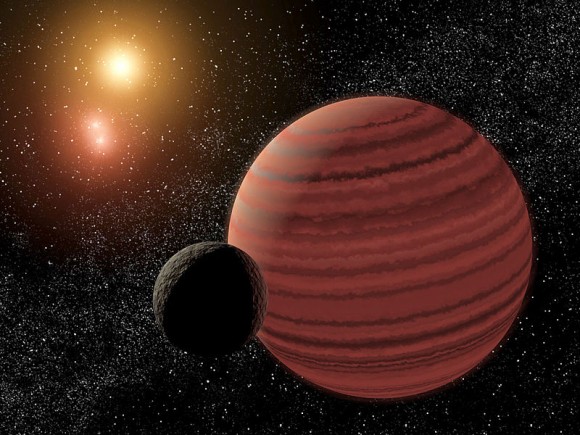| Online: | |
| Visits: | |
| Stories: |

| Story Views | |
| Now: | |
| Last Hour: | |
| Last 24 Hours: | |
| Total: | |
Spectroscopy: The Key to Humanity’s Future in Space
Imagine, if you would, a potential future for humanity… Imagine massive space-elevators lifting groups of men, women, and children skyward off Earth’s surface. These passengers are then loaded onto shuttles and ferried to the Moon where interstellar starships are docked, waiting to rocket to the stars. These humans are about to begin the greatest journey humanity has ever embarked upon, as they will be the first interstellar colonists to leave our home Solar System in order to begin populating other worlds around alien stars.
There are many things we must tackle first before we can make this type of science-fiction scene a reality. Obviously much faster methods of travel are needed, as well as some sort of incredible material that can serve to anchor the aforementioned space elevators. These are all scientific and engineering questions that humanity will need to overcome in the face of such a journey into the cosmos.
But there is one particular important feature that we can begin to tackle today: where do we point these starships? Towards which system of exoplanets are we to send our brave colonists towards?
Of all of the amazing things we need to discover or invent to make this scene a reality, discovering which worlds to aim our ships at is something that is actually being worked on today. (…)
Read the rest of Spectroscopy: The Key to Humanity’s Future in Space (2,365 words)
© Joshua Carroll for Universe Today, 2014. |
Permalink |
No comment |
Post tags: exoplanets, Extrasolar Planets, spectroscopy
Feed enhanced by Better Feed from Ozh
Source: http://www.universetoday.com/116824/spectroscopy-the-key-to-humanitys-future-in-space/




